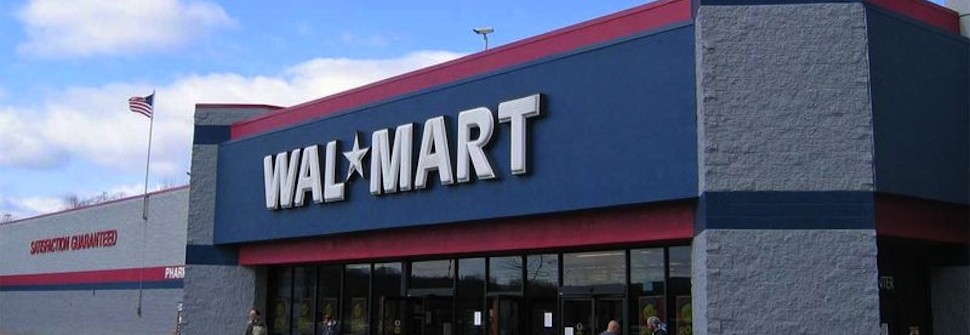
Seven years ago, Wal-Mart began to undertake an unexpected transformation. The world’s largest retailer, so often criticized or sued for a variety of its labor and sourcing practices, partnered with some of its onetime critics — environmentalists — and embraced going green. Since then, the company has dramatically reduced its waste, cut down on packaging around the goods its sells, improved the fuel efficiency of its truck fleet and asked its suppliers to track and monitor their products’ carbon footprint.
As author Edward Humes describes it in his new book, Force of Nature: The Unlikely Story Of Wal-Mart’s Green Revolution, the motivation for Wal-Mart’s eco-transformation was pure business. The lingering question, though, is whether all this will help Wal-Mart maintain its dominance for more than one generation. Part of the reason that Wal-Mart’s U.S. sales and its stock price have been stagnant is Wal-Mart’s image. “Wal-Mart has a generational problem. They are not cool,” Humes said. “Moms shop at Wal-Mart. Their daughters go to Target.” Wal-Mart is hoping that becoming the leading green, sustainable retailer will, in essence, make it cool. “They want to be the greener choice for the next generation,” explained Humes.
Wal-Mart’s efforts to consume less packaging, less diesel fuel and less energy in its stores all make good common sense. But I wonder whether those steps alone can really make it cool. What do you think?
Hit From: Forbes Blog












